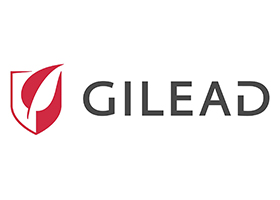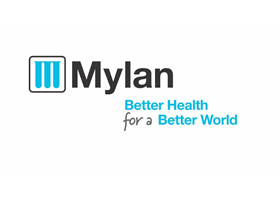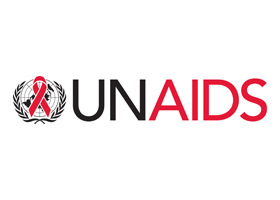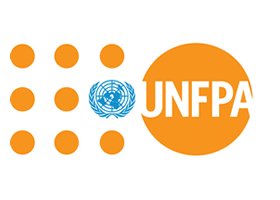At the 2019 Biomedical HIV Prevention Forum, an official pre-conference of the 2019 ICASA that held on the 2nd of December 2019 at Marriott Hotel, Kigali Rwanda, participants were once again reminded that condoms continue to remain central to the global HIV response. Condoms cannot be wished away.
The global field set an agenda for reaching the 90-90-90 HIV treatment targets by 2020. That agenda also had a complimentary HIV prevention agenda. The HIV prevention targets include that 90% of key populations will have access to HIV prevention services, 3million people at HIV risk of HIV infection will be on PrEP, and >6billion condoms will be distributed per year in sub-Saharan Africa.
The 2019 UNAIDS report indicates that approximately 385,000 people in need of PrEP are on the medication, and >3billion condoms are distributed per year in sub-Saharan Africa. Yet condom is needed to prevent sexually transmitted infections. Also condom is needed to prevention unwanted pregnancy though a less reliable tool for pregnancy prevention. It is therefore difficult to understand why the number of condoms distributed in Sub-Sahara is low.
One participant at the conference asked a critical question – if after several years of condom marketing, stakeholders in Africa are yet to successfully improve the uptake and use of condom to an acceptable level, how then do we expect magical changes in the uptake and use of new HIV prevention technologies like PrEP?
All the milestones for HIV prevention still requires the use of condom. When on PrEP, condom is needed to prevent sexually transmitted infections and pregnancies. Key populations, adolescent girls and young women need condoms for the same reasons. Men who do voluntary medical male circumcision need condoms for the same reason; and especially so during the first few weeks of circumcision. And yes, men infected with Ebola need to use condom for several months post infection because of the risk of Ebola transmission via sex. So, can we ever truly do away with condoms? Definitely not in the present.














